It also has a growing portfolio of immersive and themed experiences, such as The View Palm Jumeirah and the Inside Burj Al Arab Tour.
In June 2021, the organisation appointed Fernando Eiroa as CEO.
 Fernando Eiroa
Fernando Eiroa
With over 25 years of international experience in theme parks and attractions across the United States, Europe, and the Middle East, Eiroa has led a period of sustained growth, innovation, and diversification across DHE’s assets.
He speaks to blooloop about the company’s strategic priorities, the evolution of Global Village, the rise of gamified and immersive entertainment, sustainability initiatives, and how Dubai Holding Entertainment intends to stay ahead in one of the most competitive entertainment regions in the world.
Creating a cohesive entertainment portfolio
Dubai Holding Entertainment brings together theme parks, water parks, animal attractions, cinemas, live entertainment venues, F&B destinations, media assets and seasonal festivals under a single operational umbrella.
For Eiroa, one of the biggest early priorities was integrating these once-separate entities.
“Dubai Holding Entertainment is the amalgamation of many different assets, owned by different companies before, and we put them all together,” he says. “In the last years, pre-COVID-19 and after COVID-19, we grew a lot in all our assets.
The portfolio’s breadth, he adds, is one of its core strengths. Unifying these assets has enabled the organisation to benefit from shared technology, operational standards, and knowledge, while still allowing each destination to build unique experiences.

Although Dubai Holding Entertainment manages world-class attractions, the company’s real strategic transformation started with its customer relationship management (CRM) and marketing strategies, says Eiroa.
“Understanding our clients is key,” he says. “We do a lot of research, we talk to our customers a lot, and we have developed a very robust CRM programme that allows us to talk directly with them.”
This customer insight approach extends beyond demographics and spending habits. It emphasises understanding the true motivations and expectations of guests across various assets.
For instance: “I have found that there are a lot of people who don’t like roller coasters, but they like many other things that we have at the theme park. They like walking, they enjoy the shows, the meet-and-greets, the food.”
Having this knowledge enables DHE to tailor experiences, personalise offers, and rethink the purpose of a visit. This detailed understanding has influenced new products, operational adjustments, and the company’s move into immersive and interactive experiences.
Continuous creation at Dubai Holding Entertainment
While many operators unveil new developments every few years, Dubai Holding Entertainment introduces multiple new experiences each quarter.
Creativity, Eiroa says, is one of the company’s defining strengths:
“We are capable of building new assets and new experiences very often. Just in this season alone, in Q4, we have opened three new themed restaurants: a pirate dinner, a dinosaur-themed restaurant, and one inspired by the jungle.
“We’re also opening what I believe is an amazing product for children and families: themed glamping. It’s the first dinosaur-themed glamping, with beautiful tents for four to six people, bathrooms, barbecues, swimming pools, and lots of entertainment.”

This new concept is a compelling example of DHE’s content-focused innovation, combining education with storytelling and overnight stays.
“We teach children about dinosaurs, their lives, why they disappeared, types, what they ate, and how they reproduced. It’s a lovely experience. We also include access to all our parks with the glamping stay.”
The combination of family comfort, themed immersion, and educational value reflects a broader trend in the region, as well as DHE’s long-term differentiation strategy.
“We’re about to open driving simulators with a well-known IP that we can’t disclose yet,” he adds. “We’ve opened an immersive attraction in Riverland. That has 2,000 square metres of mapping, lights, sound, and music.
“We’ve also opened escape rooms, shooting galleries, go-karts—lots of different activities.”
Global Village: a global benchmark for seasonal destinations
Among the most iconic components of DHE’s portfolio is Global Village, a seasonal cultural and entertainment festival that has become a worldwide success story.
The attendance record in 2019 was a little over 7 million visitors. “Last year, we had more than 10.5 million visitors in just six months. That makes Global Village one of the top five most visited parks in the world. And, given we operate only half the year, probably in the top three.”
Its success is based on its distinctive proposition: a cultural mosaic of authentic national pavilions, cuisine, retail, and entertainment from across the world.
“We have 30 country pavilions where you can buy, enjoy and experience authentic products and food,” he says.

The curation of authenticity is a key factor. Everything, from textiles to jewellery to cuisine, must come from the country represented. “If we have an Indian pavilion, all products and people selling items are originally from India.”
Global Village is renowned for its continually changing F&B selection, now boasting over 250 street-food options. Each year, a wave of new culinary ideas emerges, including recent collaborations with brands like Baba G’s, winners of the UK’s £1 million menu contest.
This year’s additions include Dragon Kingdom, an immersive attraction with projections, LED, scent and sensory effects, a new laser and light show in the central plaza, a new garden district for relaxation, and more than 40,000 shows and parades across the season.
There is also a programme of concerts featuring artists from the Middle East, Asia, Europe and beyond.
As Global Village marks its 30th anniversary, it continues to be one of the world’s largest cultural tourism events and a benchmark in thematic authenticity.
Rising demand for active entertainment
One of the clearest trends shaping Dubai Holding Entertainment’s strategy is the shift from passive to active leisure.
“People want active entertainment,” Eiroa says. “They want to be part of the attraction more and more.”
This has driven the growth of escape rooms, simulators, and interactive walk-throughs, along with the company’s substantial investment in multisensory immersive attractions featuring projection mapping, soundscapes, and narrative storytelling.
But the deeper motivation, he says, is social.
“People today don’t have time to spend family time… this is a way to do it,” he says. “Our attractions are family-oriented. We bring all generations of the family together.”

This multigenerational focus aligns with global trends and has become a strategic cornerstone for DHE.
Another notable industry trend, gamification, is swiftly emerging as one of the company’s most ambitious innovation pathways.
“We are adding games and gamification to our assets,” Eiroa says. “From the moment you arrive, there will be an experience: augmented reality, virtual reality, clues, points, levels, and rewards.”
The rewards system is particularly transformative, unlocking experiences usually reserved for premium tickets. However, gamification isn’t just used for fun. It also has educational applications, particularly at The Green Planet.
“These games are focused on learning as well. It’s fun entertainment that at the same time has a very important educational component,” he says.
He notes that even children at the dinosaur glamping surprise the team with how much they already know, and how much more they learn through interactive storytelling.
Tech investment for seamless operations
On the operational side, DHE’s technological strategy focuses on integration, efficiency, and data.
“We have improved all our websites, and we have a new version of our POS system that is capable of talking to each other,” he says. “All the assets talk to each other. That allows us to do a lot of bundles.”
This synergy means visitors can have bespoke passes combining Motiongate with The Green Planet, Coca-Cola Arena, The View Palm Jumeirah, or any other experience.

The organisation is also using technology to enhance reliability.
“We are working a lot with artificial intelligence to have predictive maintenance. So, we don’t have downtime in the attractions, as little as possible.”
For a portfolio with thousands of components, ranging from coaster systems to animal care infrastructure, this represents a major operational improvement.
Sustainability: a national mandate
With COP28 hosted in the UAE and national sustainability targets rising, environmental responsibility has become a core operational priority.
“The UAE, and Dubai in particular, is very keen on this,” Eiroa says. “We work a lot on water consumption, waste control, and energy savings.”

Initiatives include reducing water usage across parks, implementing strict waste management across all F&B outlets, installing recycled energy systems that repurpose heat or cold, using glass bottles wherever possible, and cross-industry collaboration with environmental organisations.
“We have a very large department related to the environment,” he adds, emphasising its role not just internally but also in supporting other organisations.
A hybrid IP strategy
In a region where global intellectual property is becoming more crucial, DHE has adopted a hybrid approach: collaborating with major international brands while also developing robust in-house IP.
“There are many international IPs that add a lot of value,” Eiroa says. “But we are very creative too.”
He cites the new Real Madrid theme park as an example of a high-value global partnership. But equally, the new themed restaurants and the dinosaur glamping were built entirely in-house.

“We didn’t need any external IP because we were able to develop the right concept,” he says.
DHE’s roster of global IP partners is already substantial and includes DreamWorks, Columbia Pictures, Smurfs, Lionsgate, and Lego, with others currently in negotiation.
Competition across the Middle East
The Middle East is experiencing one of the fastest-growing theme park and attraction markets worldwide.
With new projects appearing in Saudi Arabia, Qatar, and beyond, including the first Disney theme park in the Middle East planned for Abu Dhabi, competition is intensifying.
For Eiroa, this is an advantage rather than a threat.

“Competition is good,” he says. “It makes you react, makes you think more about what you need to offer, and makes the destination more well-known as an entertainment destination in the world.”
Yet DHE still has several competitive advantages, he adds, including the fact that it has the most extensive portfolio of entertainment and media assets in the region and a highly diversified mix of attractions.
Other benefits he lists include its unique blend of indoor and outdoor spaces, strong family-oriented strategy, and focus on affordability for families.
Measuring success
Although DHE’s attendance figures are strong, Eiroa places more value on the qualitative aspects of success.
“Customer satisfaction is paramount,” he says. “I spend most of my weekends in the parks with my wife, talking to families… You have a lot of information with this feedback.”
While profitability is also essential, the emotional connection with guests remains central: “If you have a happy customer, they will come multiple times and tell other people.”
This philosophy has guided the team through continuous growth over the past decade.
Looking to the future, Eiroa says momentum isn’t slowing down. If anything, the pace of development is accelerating: “We will continue investing in technology, expanding our parks.”

He also hints at a new park to be announced soon.
With several active projects underway at any given moment, the organisation operates in a near-constant cycle of innovation.
Finally, Eiroa returns to what he describes as the company’s guiding principle:
“Everything we do is catering and targeting families, to enjoy, to spend quality time with us, and to do it affordably and safely.”
Under Fernando Eiroa’s leadership, Dubai Holding Entertainment has adopted a strong blend of creativity, data-informed decisions, international IP collaborations, technological advancement, and a strong dedication to family entertainment.
Its rapid growth in immersive experiences, themed environments, gamification, and cultural tourism signals a bold new era for the company, and for Dubai as a global entertainment hub.
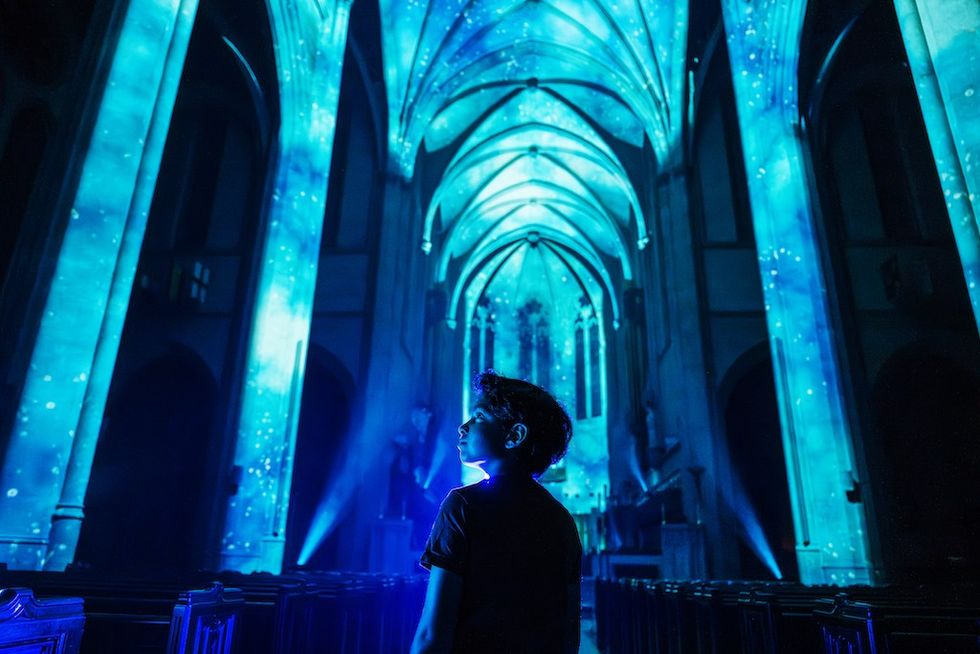
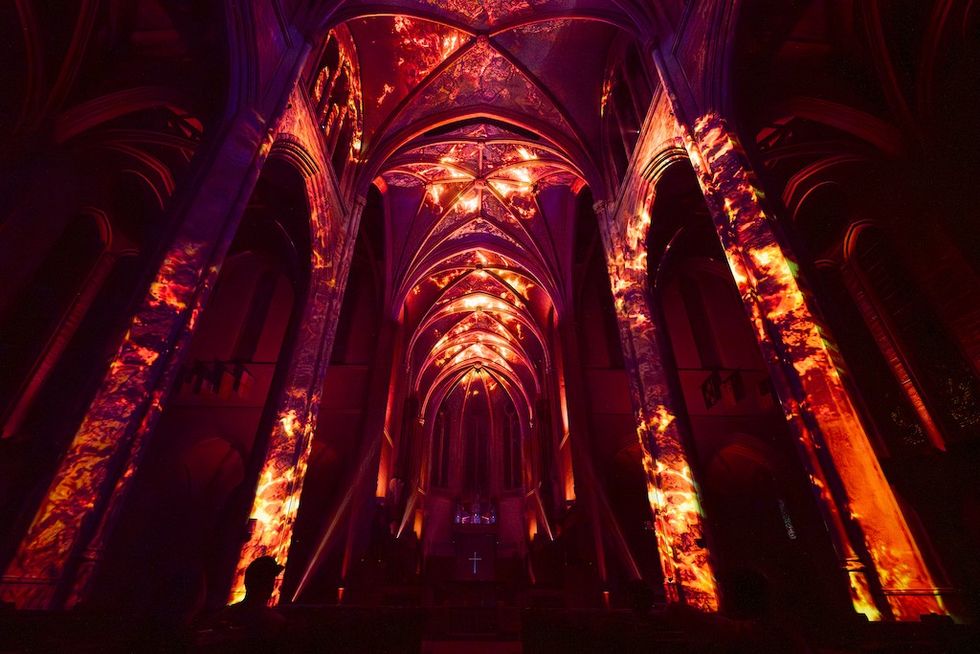
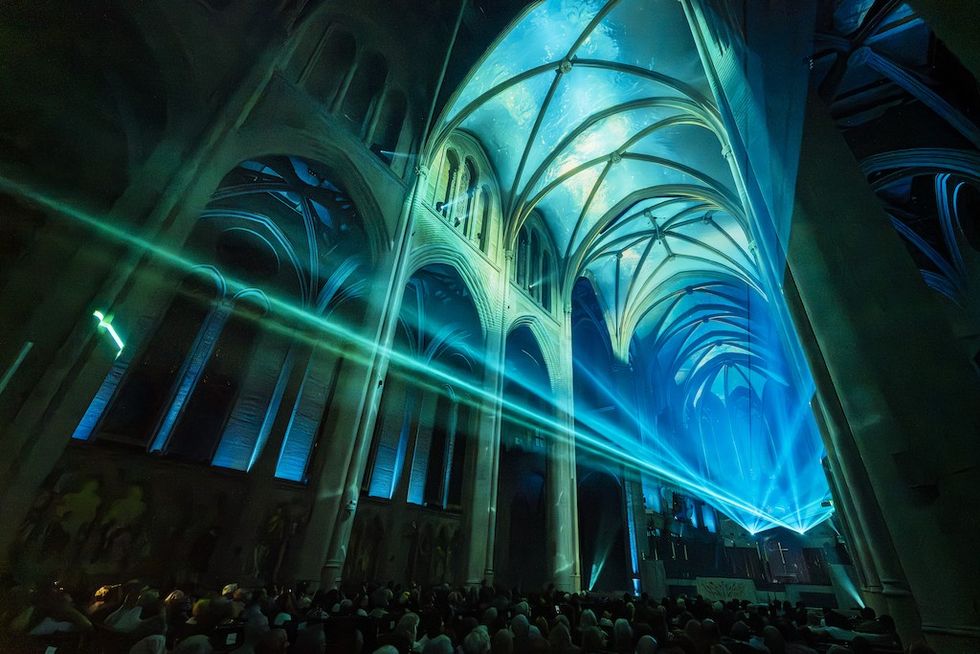
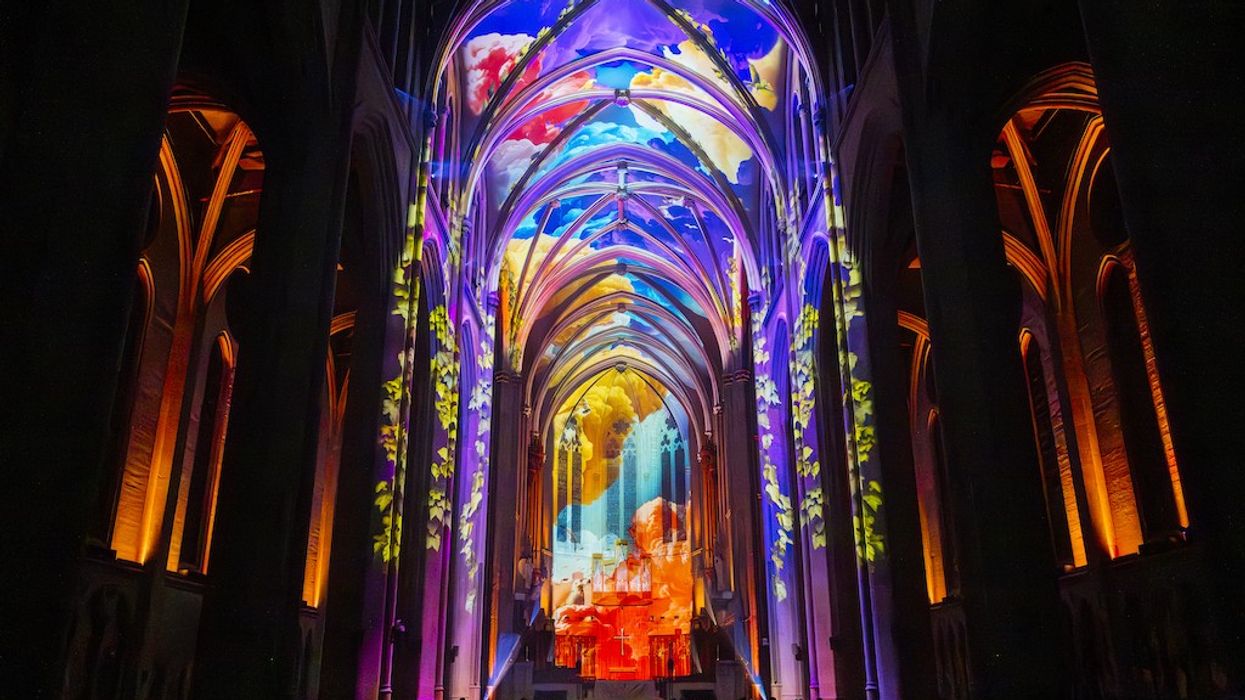



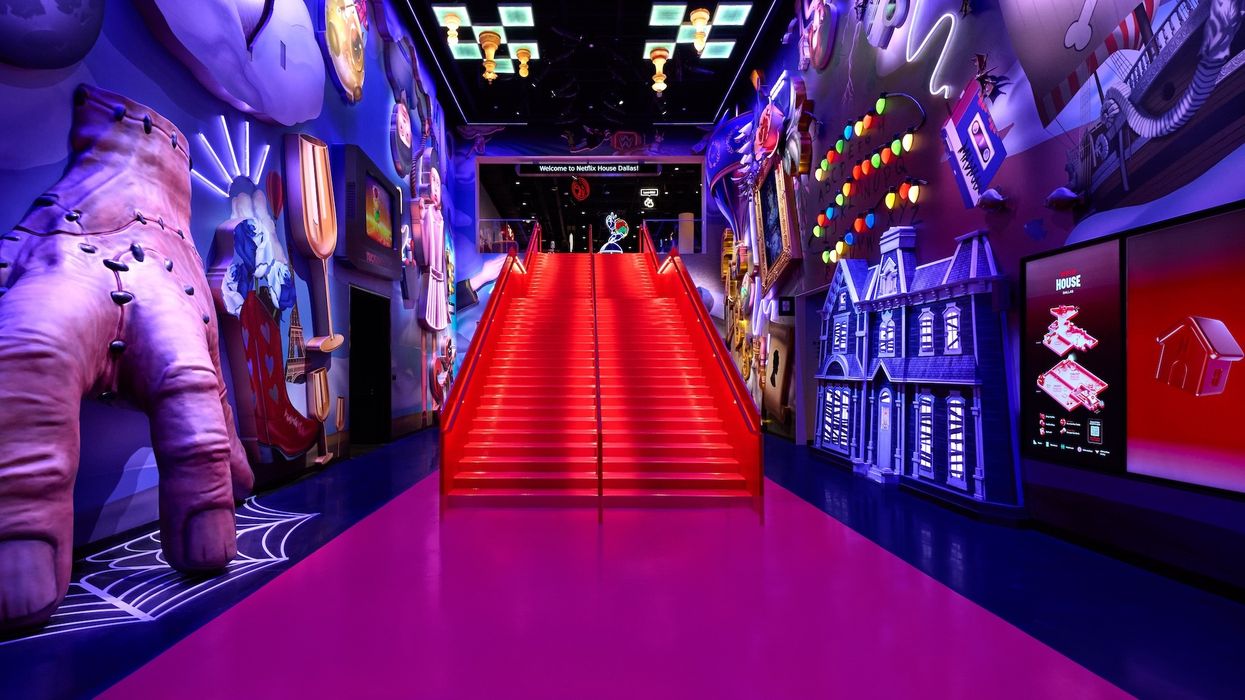
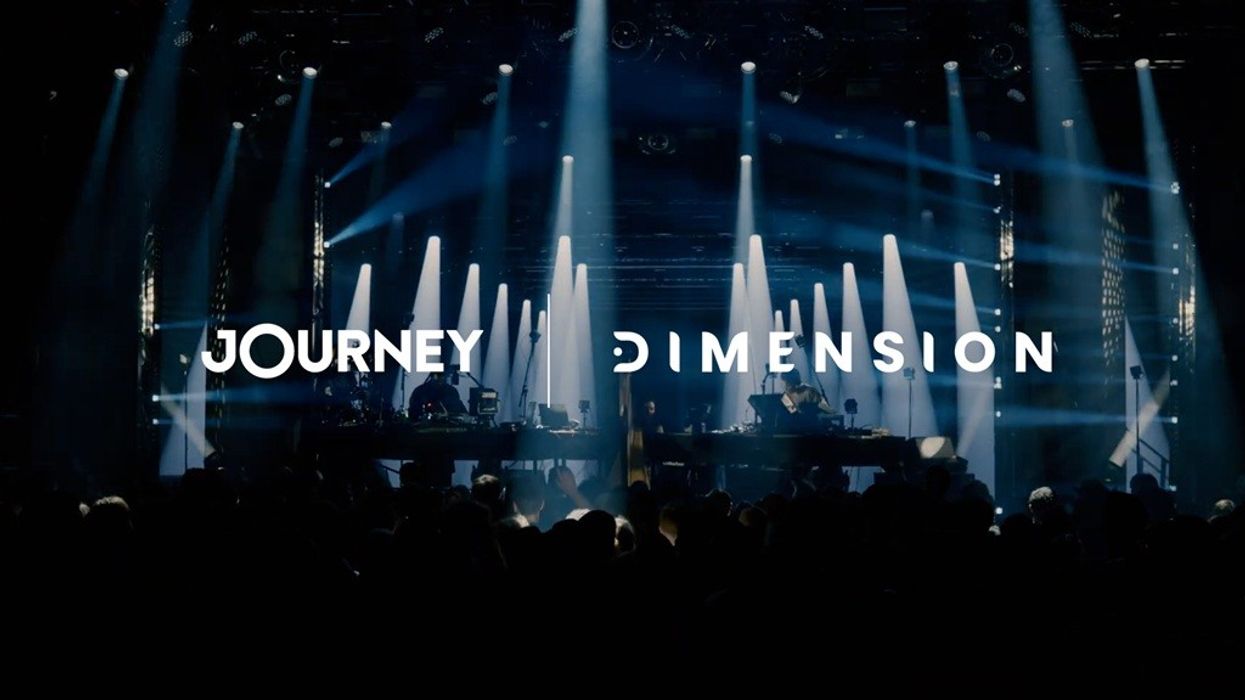



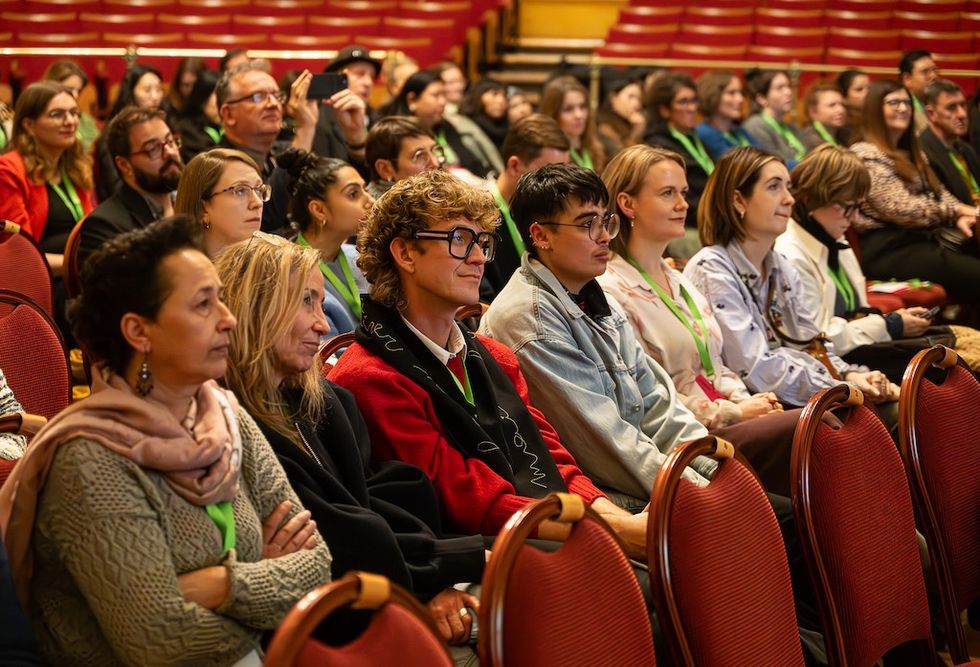
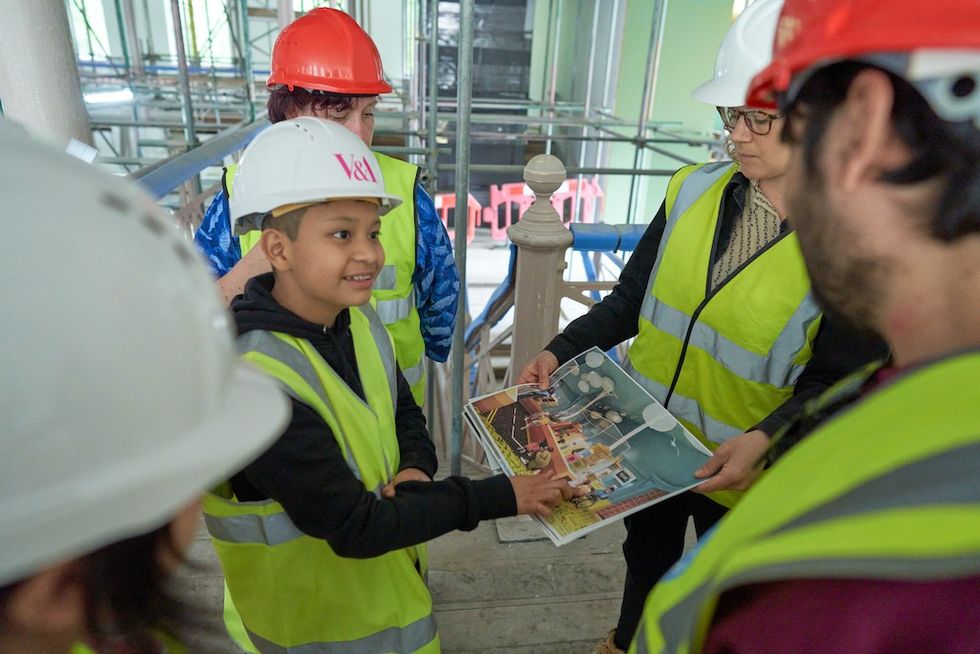 Young V&A Youth Collective members have a tour of the Young V&A construction site. Image courtesy of Young V&A.
Young V&A Youth Collective members have a tour of the Young V&A construction site. Image courtesy of Young V&A. 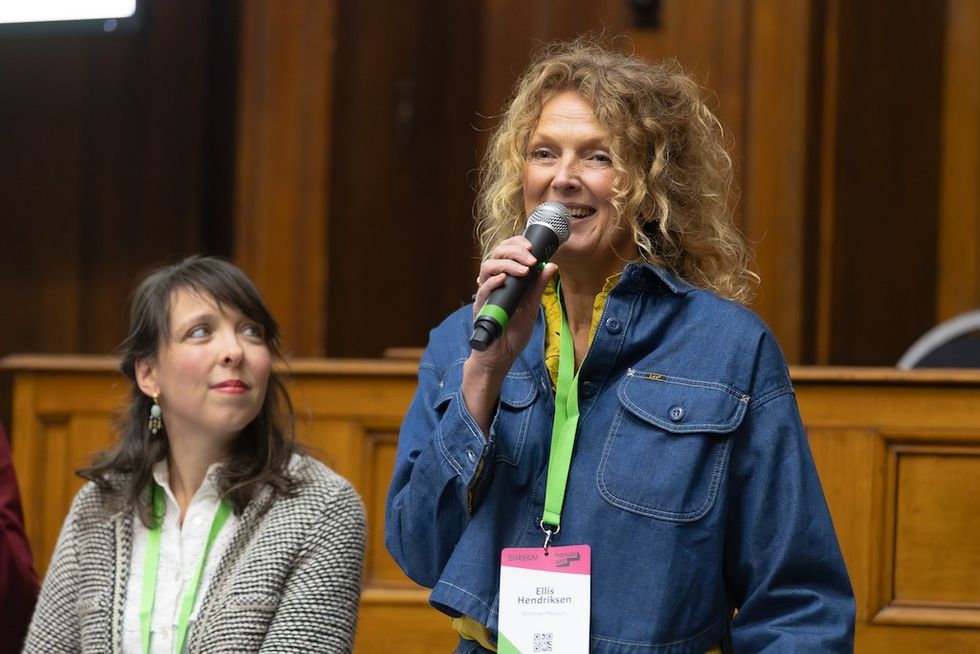 Floriane Perot and Ellis Hendriksen
Floriane Perot and Ellis Hendriksen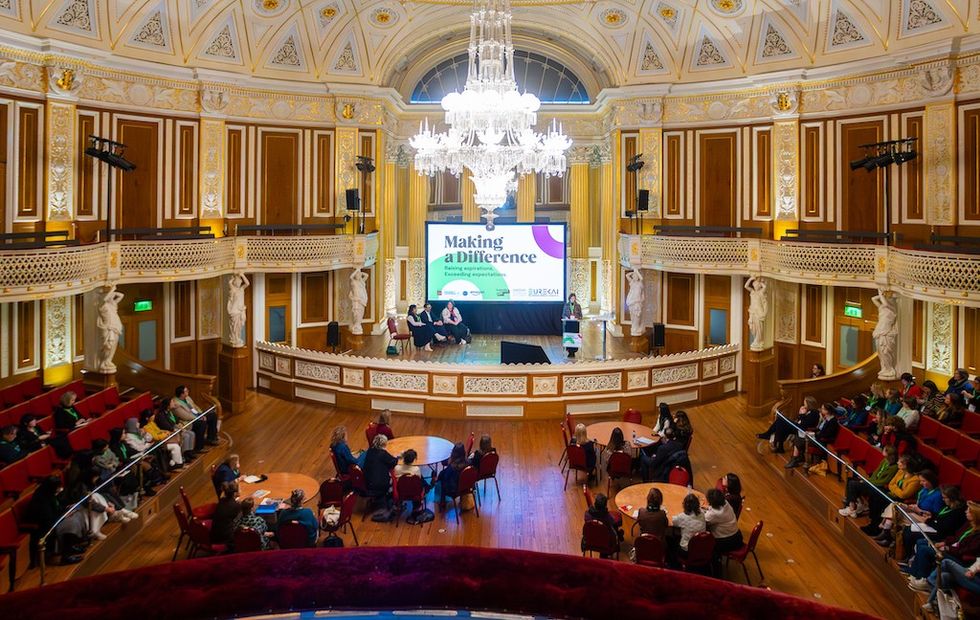
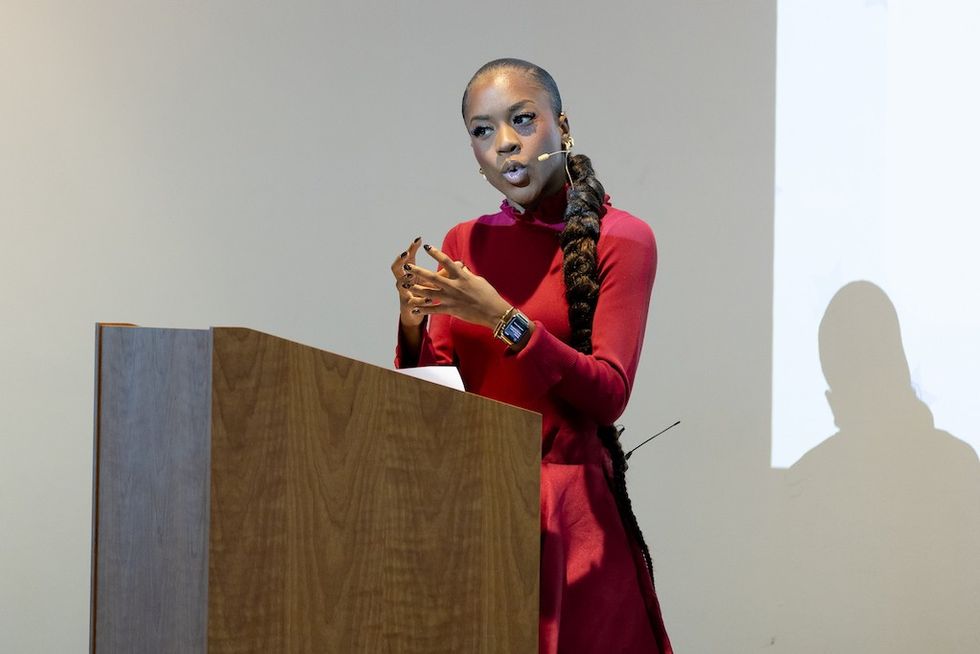 Amber Ogunsanya-William
Amber Ogunsanya-William Tumblestone Hollow adventure playground by CAP.CO
Tumblestone Hollow adventure playground by CAP.CO  Ghaleya Al Mansoori
Ghaleya Al Mansoori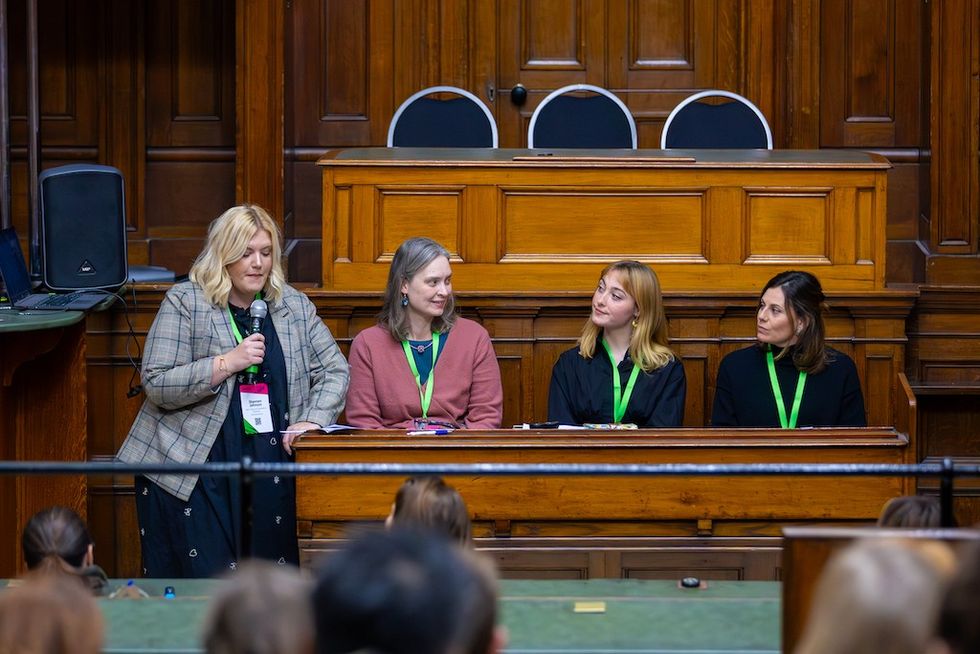
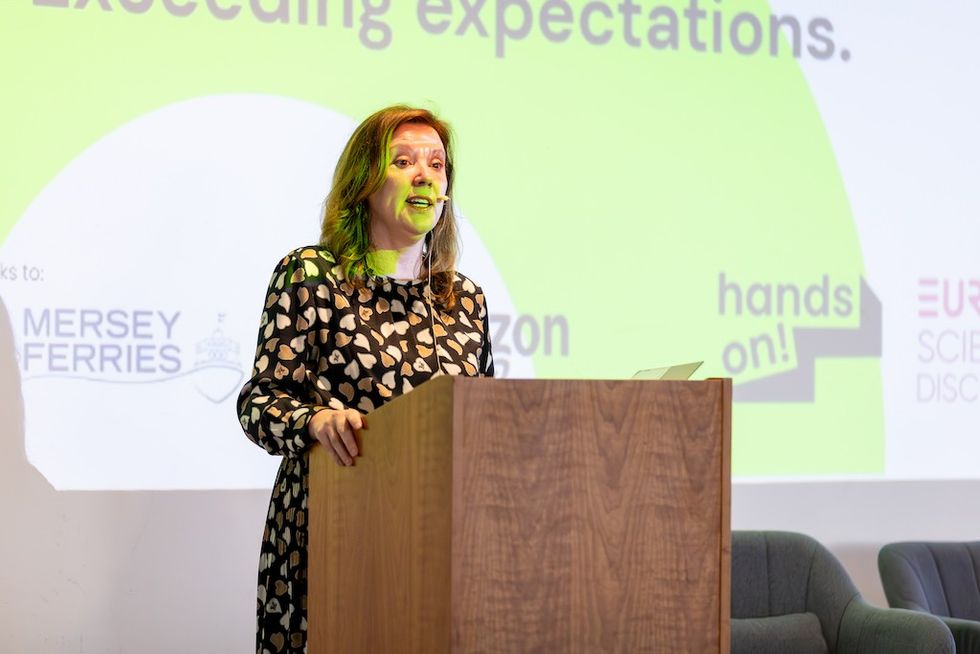 Dame Rachel de Souza
Dame Rachel de Souza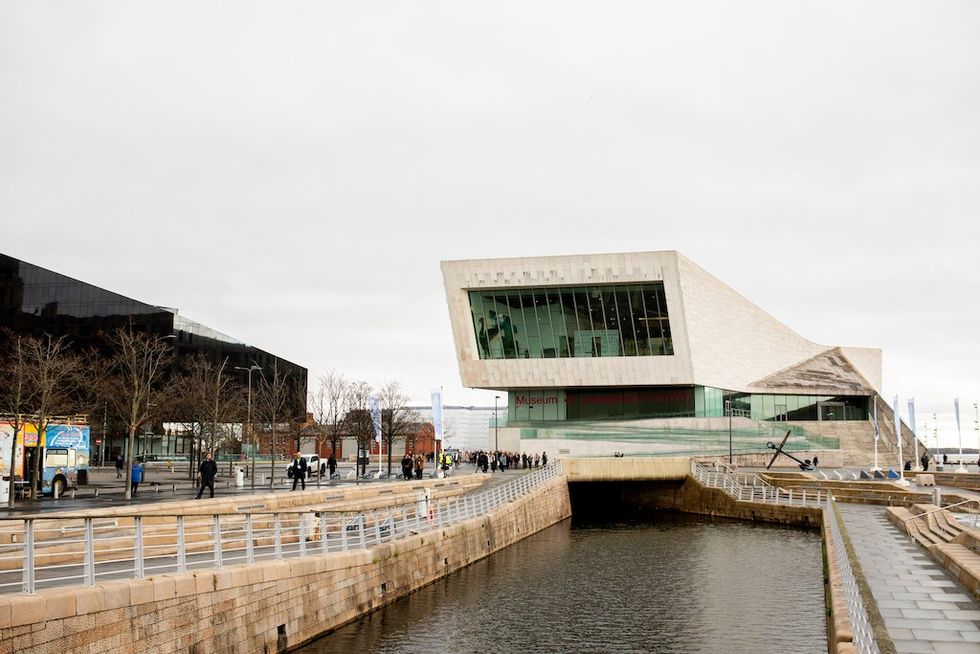 Liverpool Museum
Liverpool Museum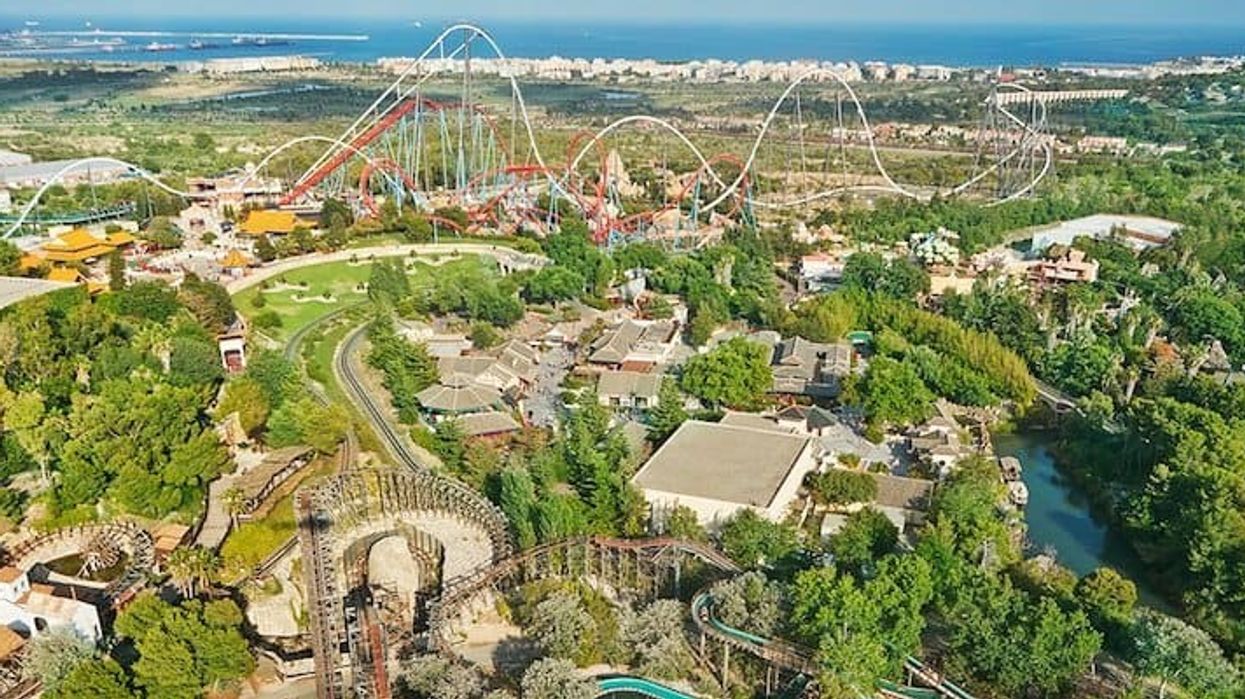
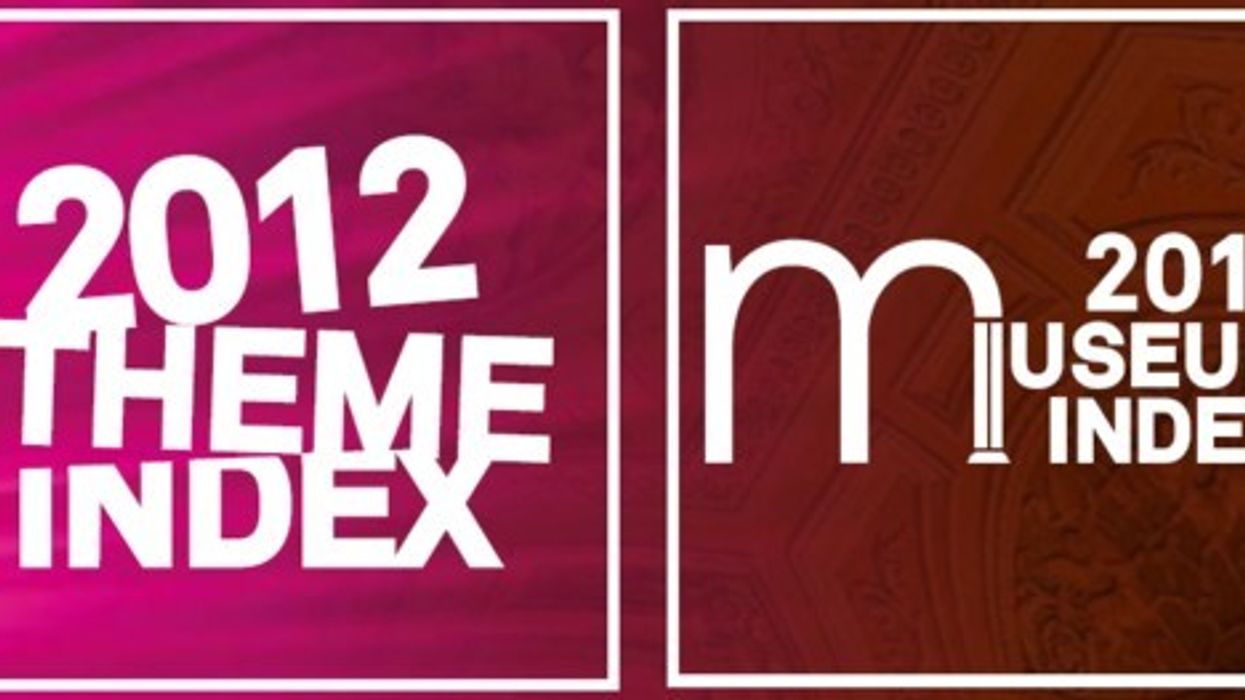
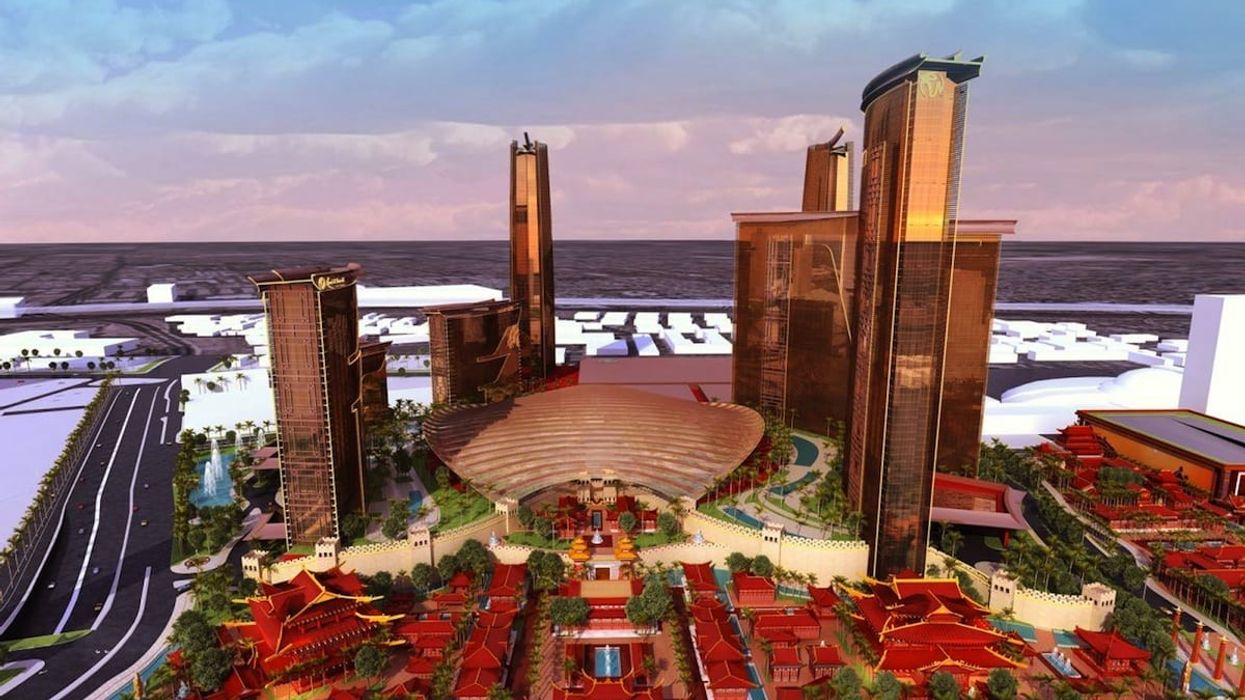
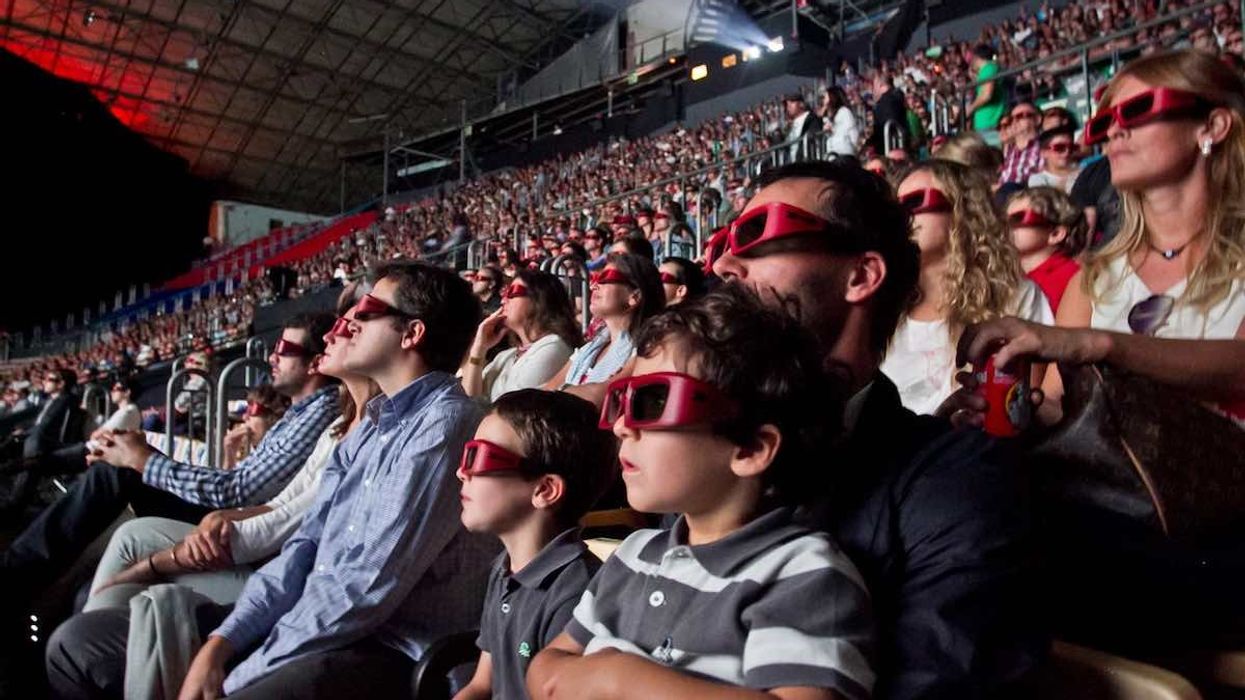

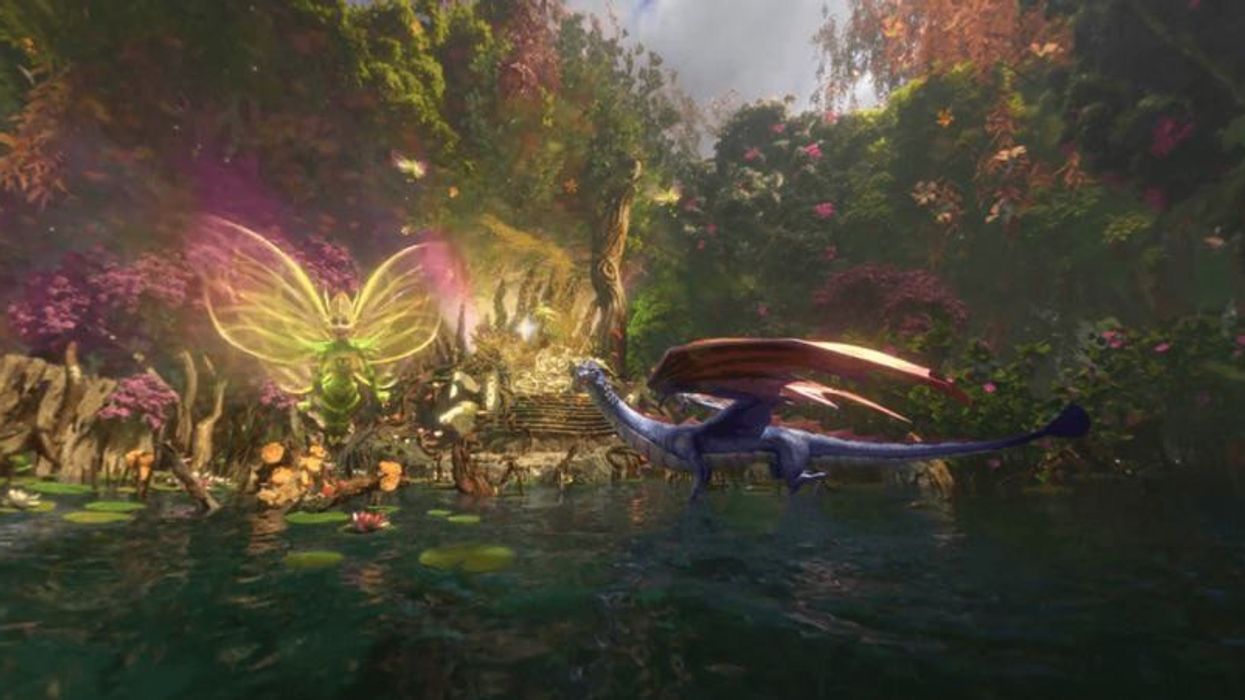



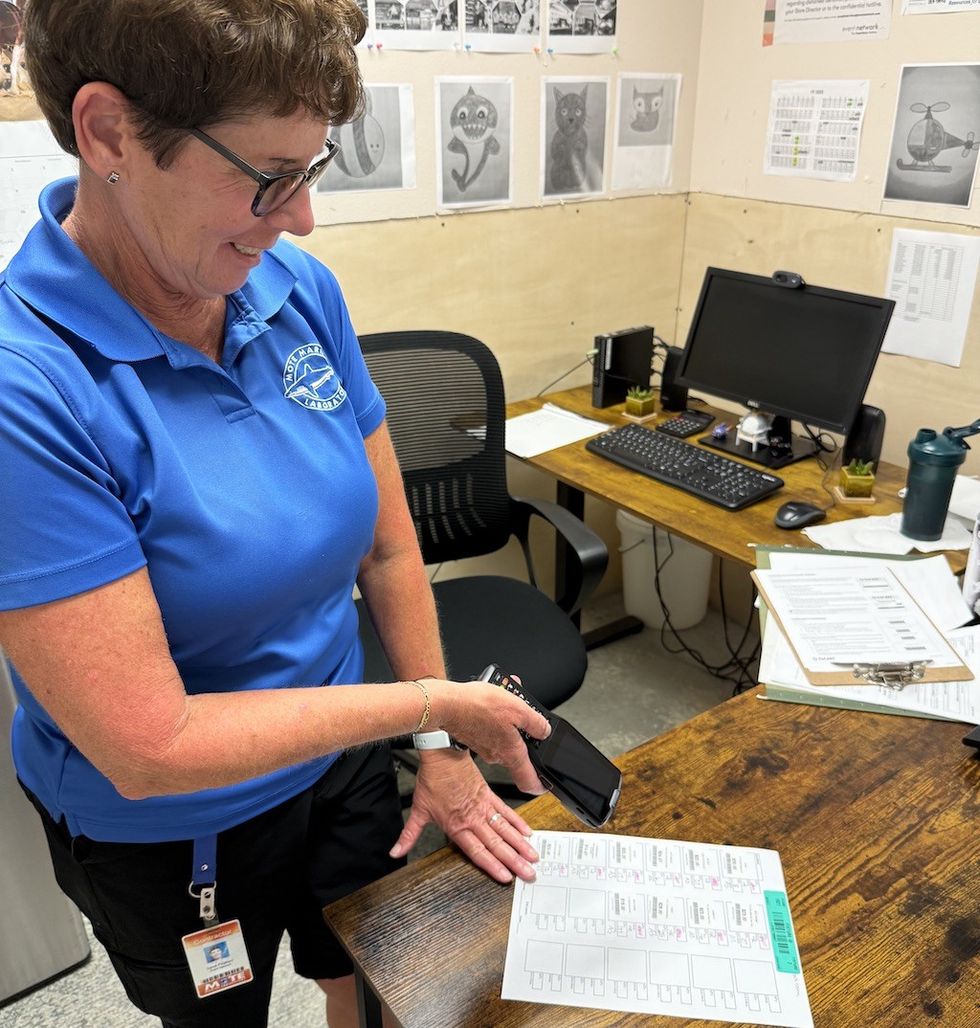

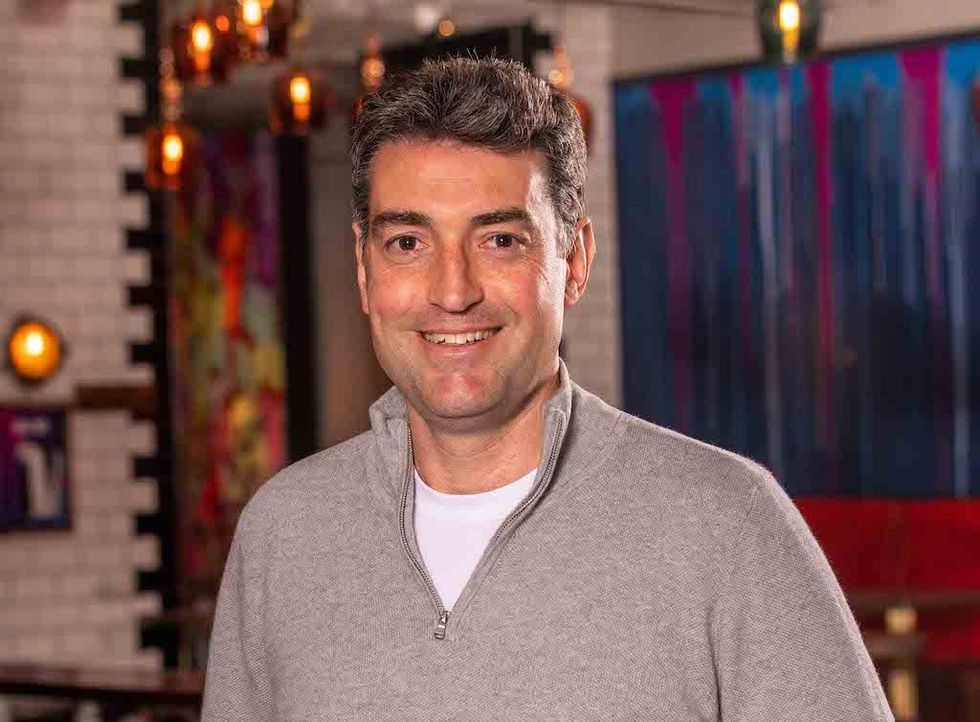 Toby Harris
Toby Harris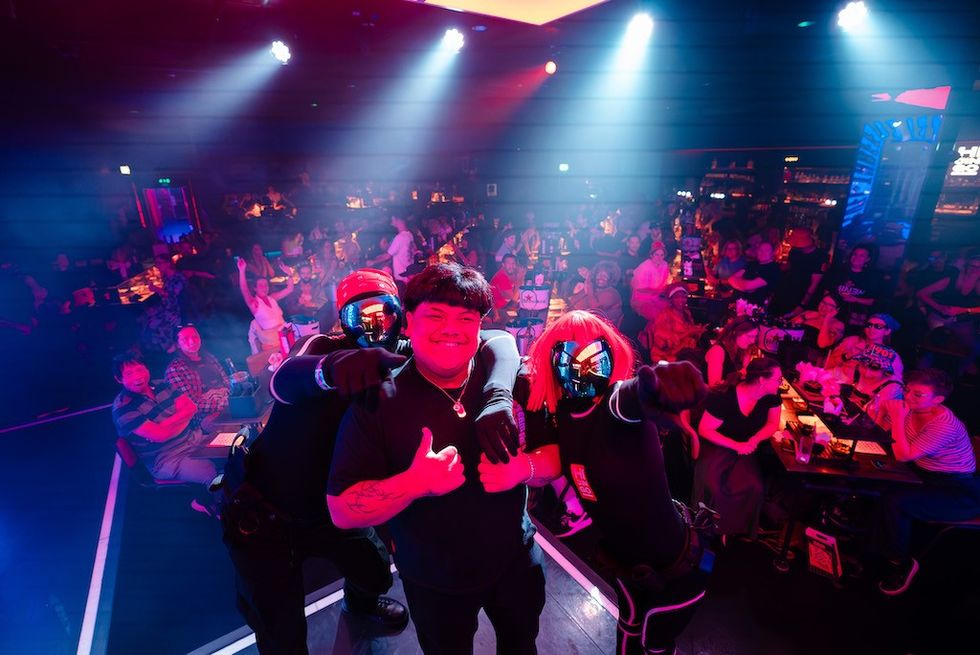 Hijingo
Hijingo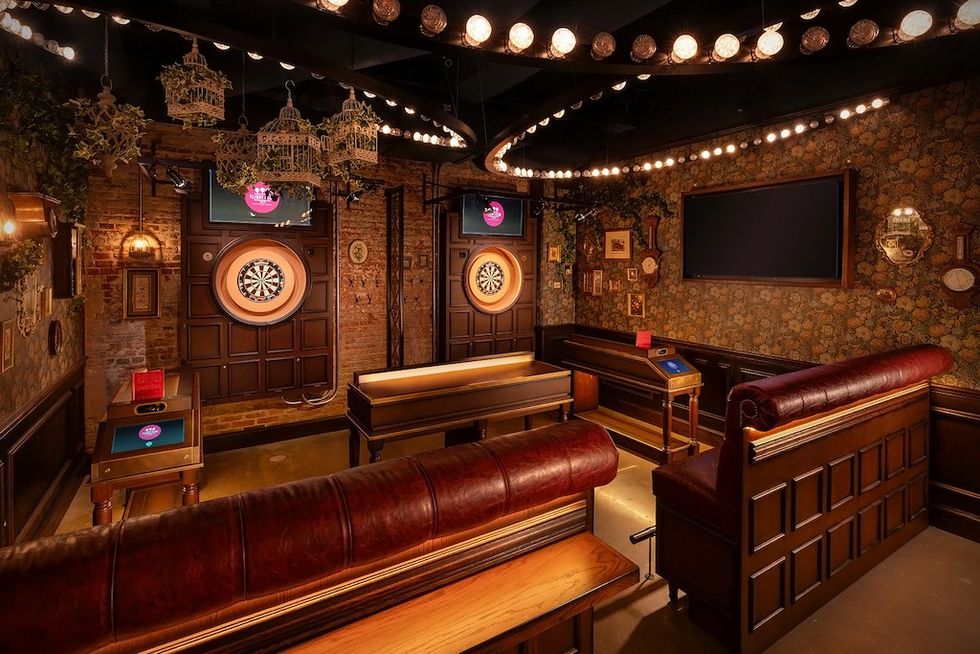 Flight Club, Washington D.C.
Flight Club, Washington D.C.
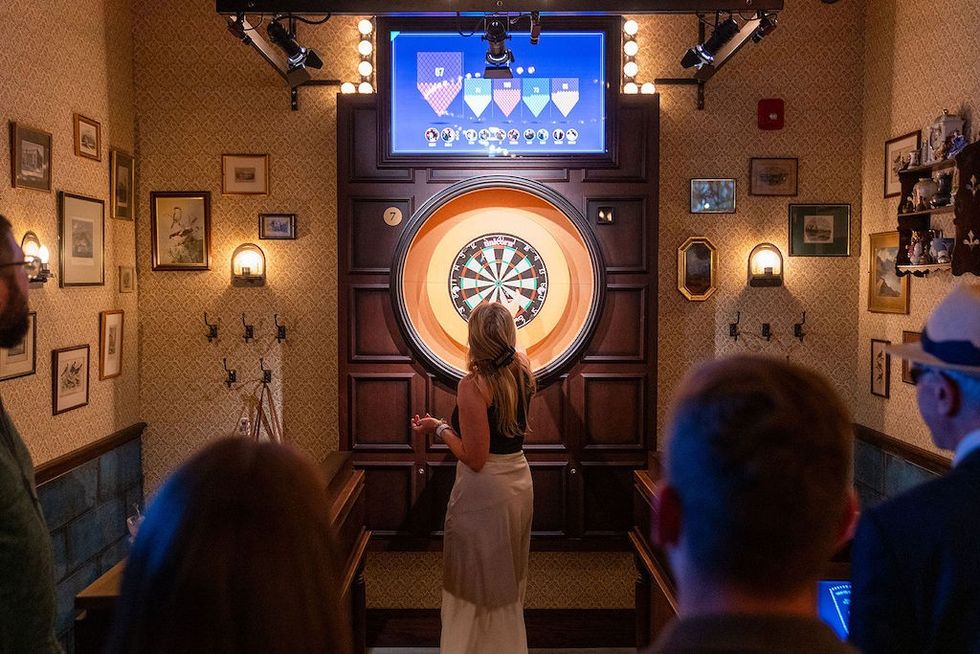 Flight Club Philadelphia
Flight Club Philadelphia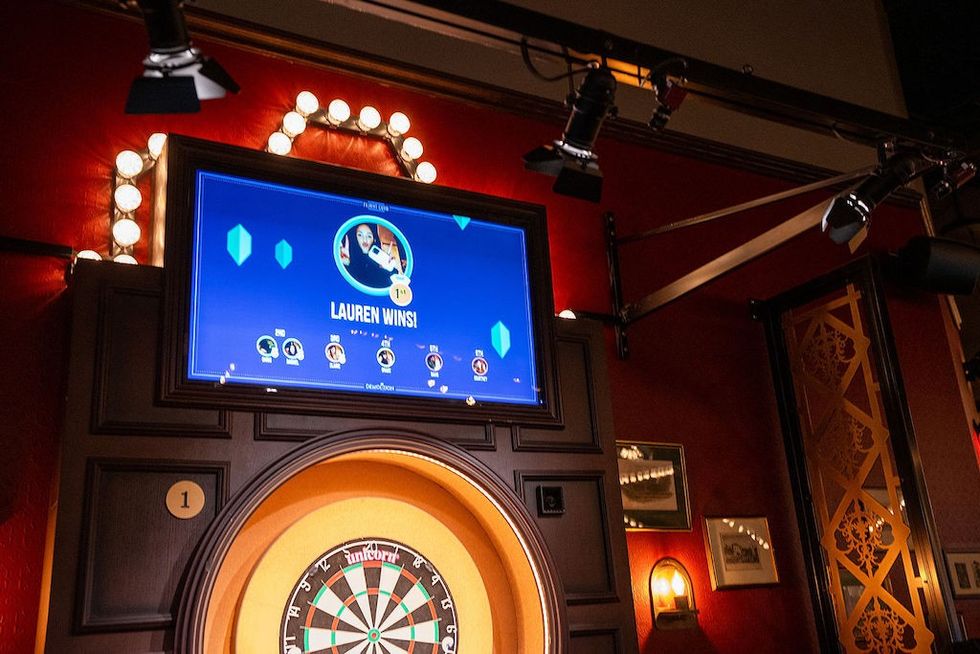 Flight Club Philadelphia
Flight Club Philadelphia Bounce
Bounce Hijingo
Hijingo Bounce
Bounce
 Fernando Eiroa
Fernando Eiroa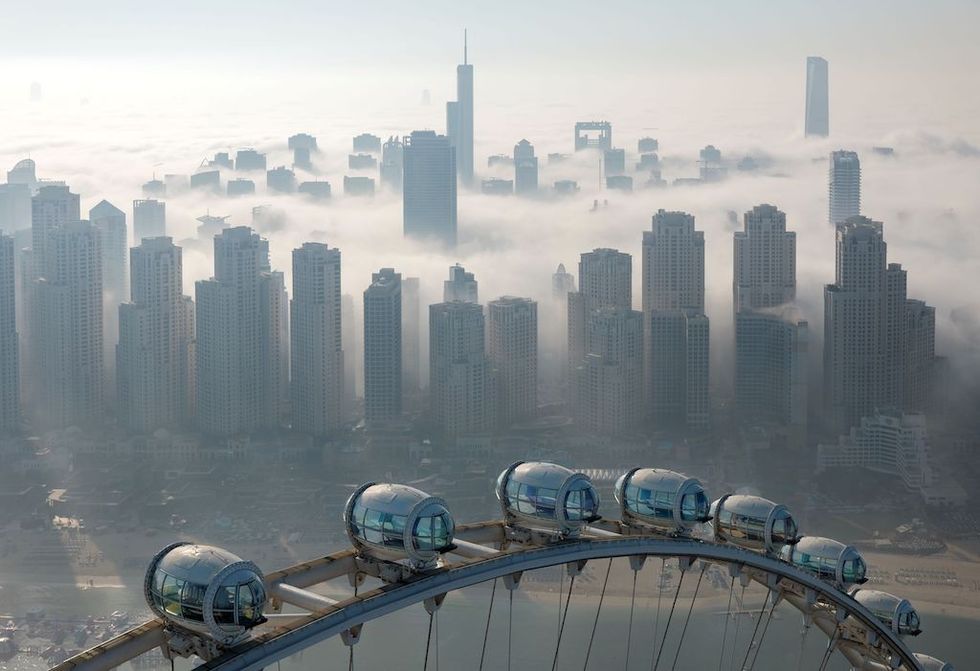

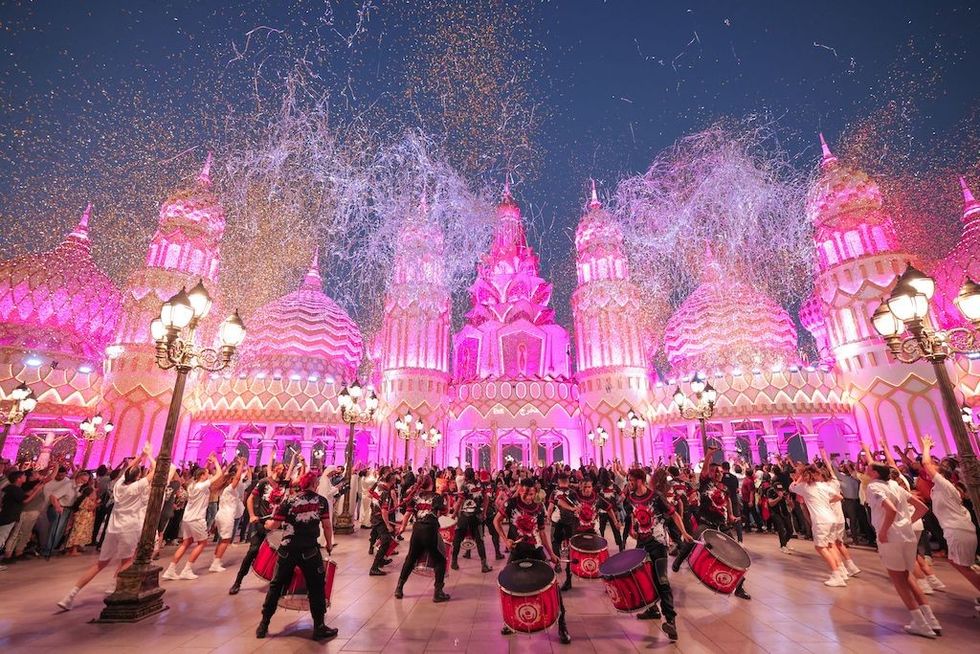
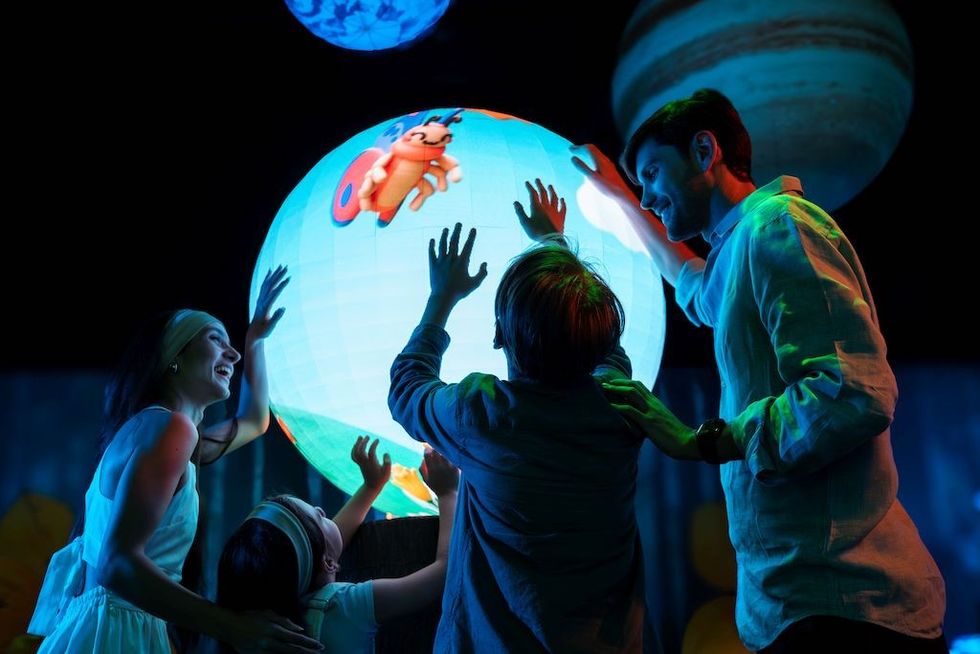







 Guests display a commemorative UN stamp sheet marking the 100th anniversary of the Palace Museum at the UN headquarters in New York, May 2025 (Xinhua)
Guests display a commemorative UN stamp sheet marking the 100th anniversary of the Palace Museum at the UN headquarters in New York, May 2025 (Xinhua)